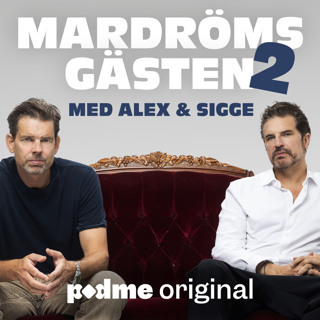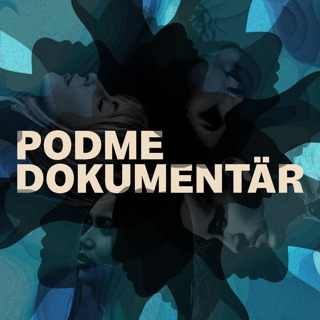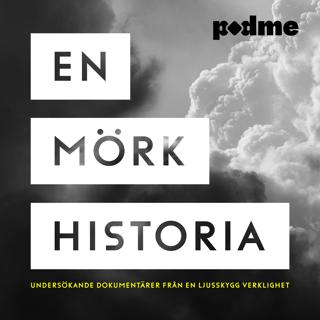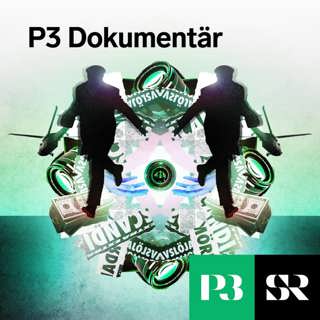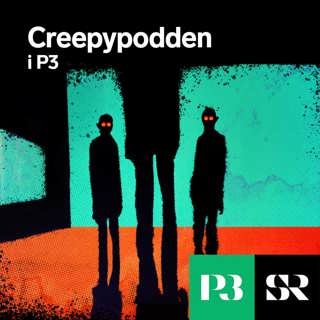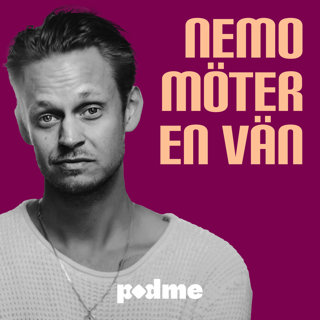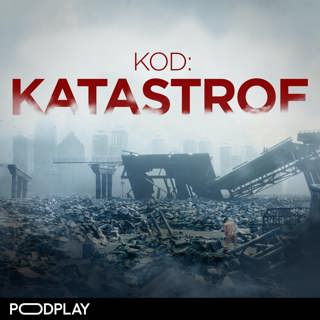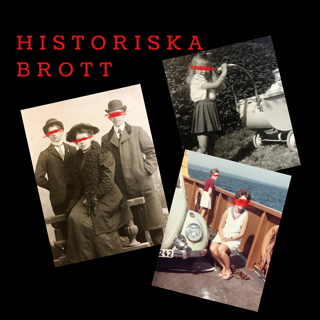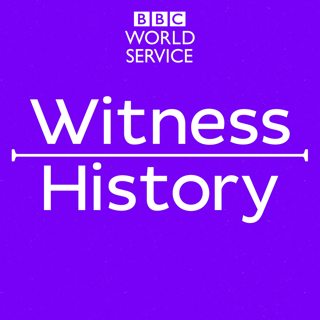
Adopted By The Man Who Killed My Family
Ramiro Osorio Cristales was just five years old when his family was murdered by the Guatemalan army, along with more than 200 other civilians from the Mayan village of Dos Erres. One of the soldiers who participated in the killings, Santos Lopez, took Ramiro with him and later adopted him. In November 2018, Ramiro gave evidence in the trial against his adoptive father for his part in the massacre. He has been telling Mike Lanchin about his horrific ordeal. (This programme contains disturbing accounts of extreme violence) Photo: Ramiro as a child in Guatemala (R.Osorio)
6 Dec 20188min

The Armenian Earthquake
A catastrophic earthquake hit northern Armenia on the morning of December 7th 1988. At least 20,000 people were killed and thousands more injured. Anahit Karapetian was in school when the tremors hit her hometown of Spitak close to the epicentre. She was trapped in the rubble for hours, surrounded by injured and dead classmates. She has been speaking to Dina Newman about what she went through.Photo: Ruins in Armenia in 1988. Credit: Getty Images
5 Dec 20188min

The Coronation of Jean-Bédel Bokassa
Jean-Bédel Bokassa crowned himself Emperor of the Central African Republic in a lavish ceremony on the 4th of December 1977. He'd already been President for several years since taking power in a military coup - but he wanted more. Janet Ball has spoken to one of his sons, Jean-Charles Bokassa, and to a French journalist, about the events of that day. Photo: Jean-Bédel Bokassa, stands in front of his throne after crowning himself. 04 December 1977 in Bangui. (Credit: Pierre Guillaud/AFP/Getty Images)
4 Dec 20188min

Berlin's Rubble Women
At the end of WW2 much of Germany's capital had been destroyed by bombing and artillery. Almost half of all houses and flats had been damaged and a million Berliners were homeless. Caroline Wyatt has been speaking to Helga Cent-Velden, one of the women tasked with helping clear the rubble to make the city habitable again.Photo: Women in post-war Berlin pass pails of rubble to clear bombed areas in the Russian sector of the city. (Photo by Fred Ramage/Keystone/Getty Images)
3 Dec 20188min

Norway's EU referendum
At the end of November 1994, Norway voted in a referendum not to join the European Union. The issue had split the country, and Norway was the only one of four countries that had referendums on EU membership that year to vote against. A senior member of the Yes campaign, former Norwegian foreign minister and Labour politician, Espen Barth Eide, tells Louise Hidalgo about the night they lost.Picture: fishing vessels with banners reading "No to EU" in the harbour of Tromso two weeks before the referendum took place (Credit: Press Association)
30 Nov 20188min

The Discovery of Dinosaur Eggs
The discovery of a nest of complete dinosaur eggs in Mongolia in 1923 provided the first proof that the prehistoric creatures hatched out of eggs rather than giving birth to live young. The American explorer who found them, Roy Chapman Andrews, became a legend and many consider him the inspiration for the film hero Indiana Jones. Claire Bowes spoke to his granddaughter, Sara Appelbee.Photo: Roy Chapman Andrews examining first find of dinosaur eggs by George Olsen, Mongolia, 1925 (courtesy of AMNH Research Library)Audio of Roy Chapman Andrews courtesy of Marr Sound Archives, UMKC University Libraries.
29 Nov 201810min

The man who inspired Britain's first Aids charity
In 1982, Terrence Higgins became the first known British victim of a frightening new disease called HIV/AIDS. In his memory, his friends set up the Terrence Higgins Trust - now Europe's leading charity in the area. Simon Watts talks to his former partner, Dr Rupert Whitaker.PHOTO: Terrence Higgins (Courtesy: Dr Rupert Whitaker)
28 Nov 20188min

The Antarctic Whale Hunters
A personal account of the huge Antarctic industry which left whales on the brink of extinction. For centuries, whaling had been big business. Whale products were used in everything from lighting, to food and cosmetics. Hunting had decimated the whale population in the north Atlantic so in the early 20th century, Britain and Norway pioneered industrialised whaling in the Antarctic. Soon other nations joined in. At the time, there was little public concern about the morality of hunting whales and they were slaughtered at an astonishing rate. We hear from Gibbie Fraser, who worked on a whale catcher in the Antarctic in the 1950s and 60s, when the impact of decades of hunting finally brought an end to Britain's whaling industry.Photo: A whale on the flensing plan at Grytviken, South Georgia, 1914-17 (Photo by Frank Hurley/Scott Polar Research Institute, University of Cambridge/Getty Images)
27 Nov 201813min


